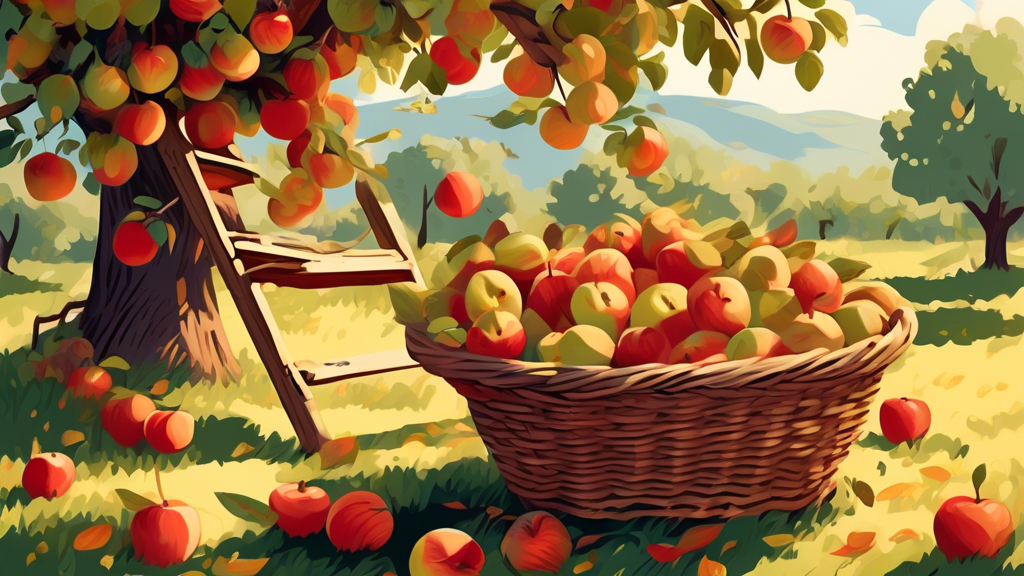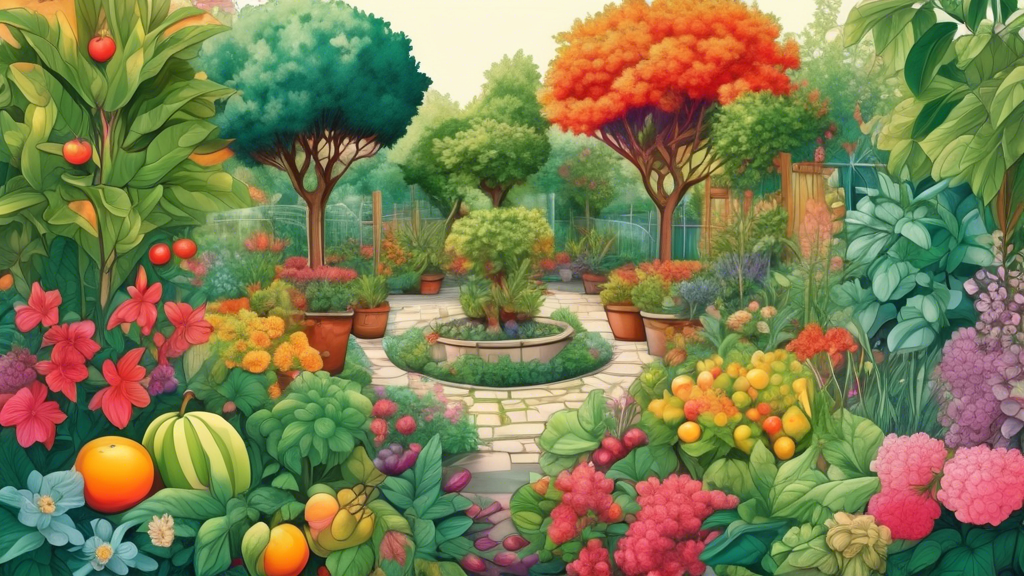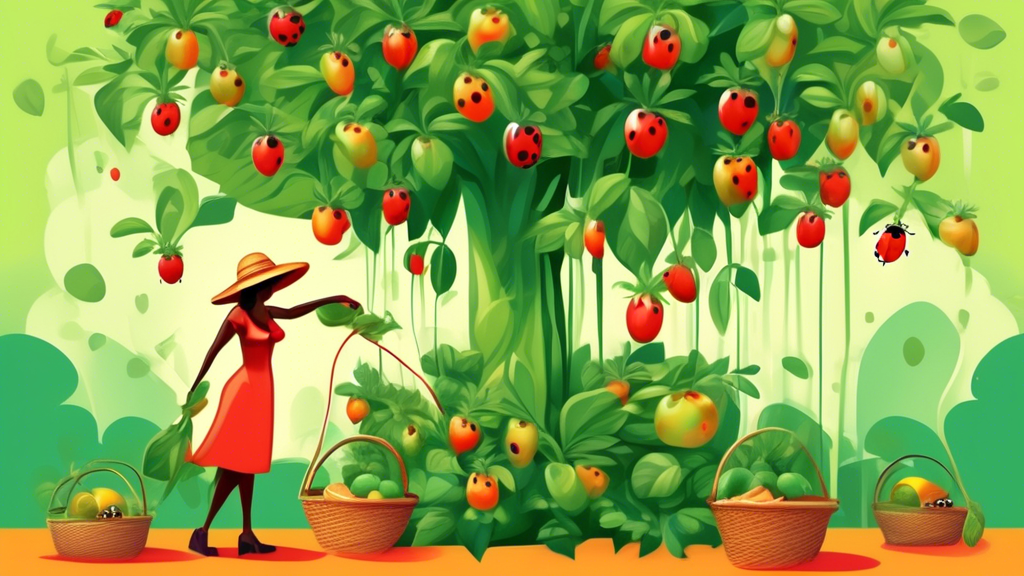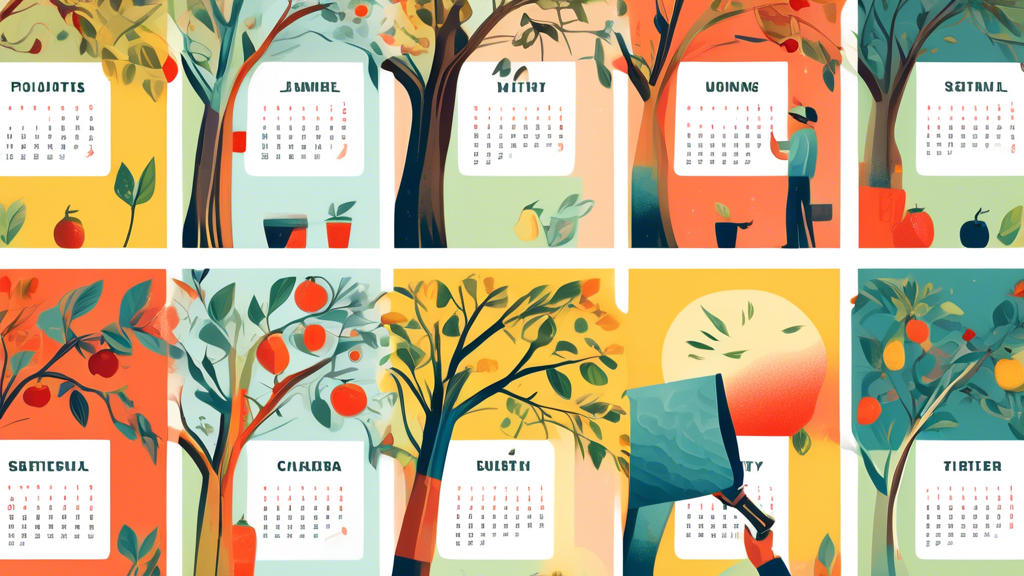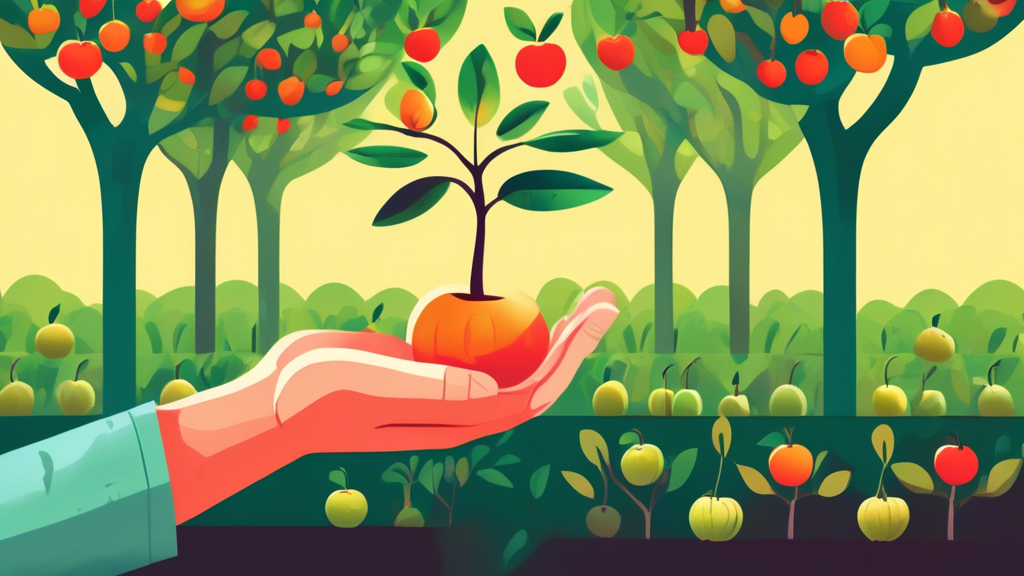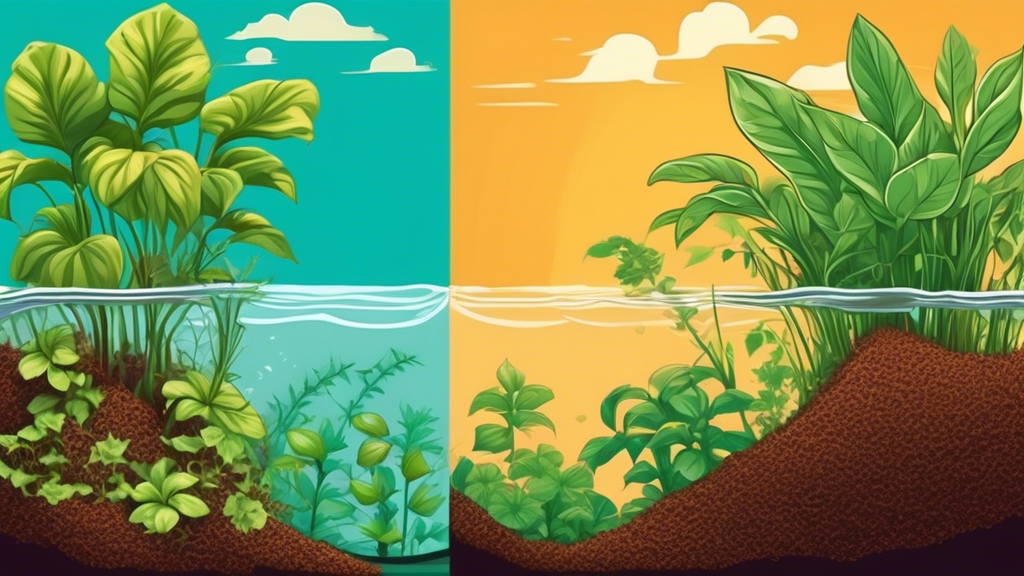
Hydroponics vs. Soil Gardening: An Unbiased Guide to Pros and Cons
Start by relating to the reader’s desire to grow their own food, whether for sustainability, health, or hobby. Introduce the central debate: the age-old reliability of soil versus the modern efficiency of hydroponics. State that this guide will provide a clear, side-by-side comparison to help you make an informed decision.
Understanding the Core Methods
What is Traditional Soil Gardening?
The natural, earth-based method of growing plants in a medium of soil, which provides nutrients, water, and physical support. It relies on the complex soil food web of microbes, fungi, and organic matter.
What is Hydroponic Gardening?
The method of growing plants without soil, using a water-based nutrient solution. Plants are supported by inert mediums like clay pebbles, rockwool, or simply air. Roots have direct access to water, oxygen, and fertilizer.
Head-to-Head: Key Factors to Compare
Initial Setup Cost and Complexity
Soil gardening generally has a lower startup cost, requiring just soil, containers/land, and simple tools. Hydroponics demands a higher initial investment for pumps, reservoirs, grow lights, pH meters, and nutrient solutions. This addresses the concern: “I don’t have a big budget to start gardening.”
Space and Location Requirements
Soil gardening needs significant horizontal space like gardens or large pots and is tied to a specific outdoor or sunny indoor spot. Hydroponics is highly space-efficient, often vertical, and can be set up in basements, garages, or small apartments with controlled lighting. This addresses the concern: “I live in an apartment and don’t have a yard.”
Water Usage and Environmental Impact
Soil gardening uses more water due to evaporation and runoff, potentially leading to nutrient leaching. Hydroponics is up to 90% more water-efficient, using recirculating systems for a closed-loop approach. This addresses the concern: “I’m concerned about water waste and my environmental footprint.”
Growth Rate and Yield
Soil gardening offers good, reliable growth dictated by natural seasons and soil quality. Hydroponics typically achieves 30-50% faster growth and higher yields due to optimized nutrient delivery and root oxygenation. This addresses the concern: “I want to maximize my harvest in a short amount of time.”
Nutrient Control and Plant Health
In soil gardening, nutrients are replenished via compost and fertilizers, with soil hosting both beneficial organisms and pests/diseases. Hydroponics allows precise control over nutrients, eliminating soil-borne diseases but requiring vigilant monitoring. This addresses the concern: “My plants always seem to have nutrient deficiencies or get sick.”
Labor and Daily Maintenance
Soil gardening involves regular tasks like weeding, tilling, and amending soil, with often manual watering. Hydroponics requires no weeding or tilling, focusing on checking pH/EC levels, reservoir maintenance, and system cleaning, and can be more automated. This addresses the concern: “I don’t have a lot of time to spend maintaining my garden.”
| Factor | Soil Gardening | Hydroponics |
|---|---|---|
| Setup Cost | Lower | Higher |
| Space Efficiency | Requires more horizontal space | Highly efficient, often vertical |
| Water Usage | Higher due to evaporation | Up to 90% more efficient |
| Growth Rate | Standard, season-dependent | 30-50% faster |
| Maintenance | Weeding, tilling, manual watering | Monitoring systems, no weeding |
The Unique Factor: The Flavor and “Terroir” Debate
Many gourmet chefs and gardeners argue that soil-grown produce has a more complex flavor profile, a concept known as “terroir,” influenced by the specific mineral content and microbiology of the soil. Hydroponic produce is often described as consistently “clean” and “pure” in flavor but can sometimes lack the nuanced, earthy notes found in soil-grown crops. This is a hotly debated topic in the culinary world that many might not know!
Which Method is Right For You? A Quick Guide
Choose Traditional Soil Gardening if: You are a beginner on a budget, have ample outdoor space, value the “hands-in-the-dirt” experience and natural processes, or want to build long-term soil health.
Choose Hydroponic Gardening if: You have limited space (e.g., apartments, urban settings), want maximum yield and speed, are a tech-savvy gardener who enjoys precise control, or prioritize water conservation.
Frequently Asked Questions (FAQs)
Is hydroponic gardening considered “organic”?
While hydroponics doesn’t use soil—a traditional organic requirement—it can use certified organic nutrient solutions. The USDA does certify some hydroponic operations as organic, though this remains controversial.
Can I grow any plant hydroponically?
Many plants like lettuce, herbs, tomatoes, and peppers thrive in hydroponics, but large root vegetables such as carrots and potatoes are challenging and typically better suited for soil.
Which method is easier for a complete beginner?
Soil gardening is generally more forgiving of minor mistakes like overwatering. Hydroponics has a steeper learning curve but can be mastered by a dedicated beginner, especially with a simple starter kit.
Do hydroponic vegetables taste different?
Taste is subjective; hydroponic veggies are known for their consistency, while soil-grown ones may offer more complex flavors due to “terroir.”
Conclusion
There is no single “best” method. The ideal choice depends on your personal goals, resources, and gardening philosophy. Consider your specific needs regarding space, time, and budget to make the right decision. The ultimate goal is to enjoy growing your own food, whether your roots are in soil or water.
